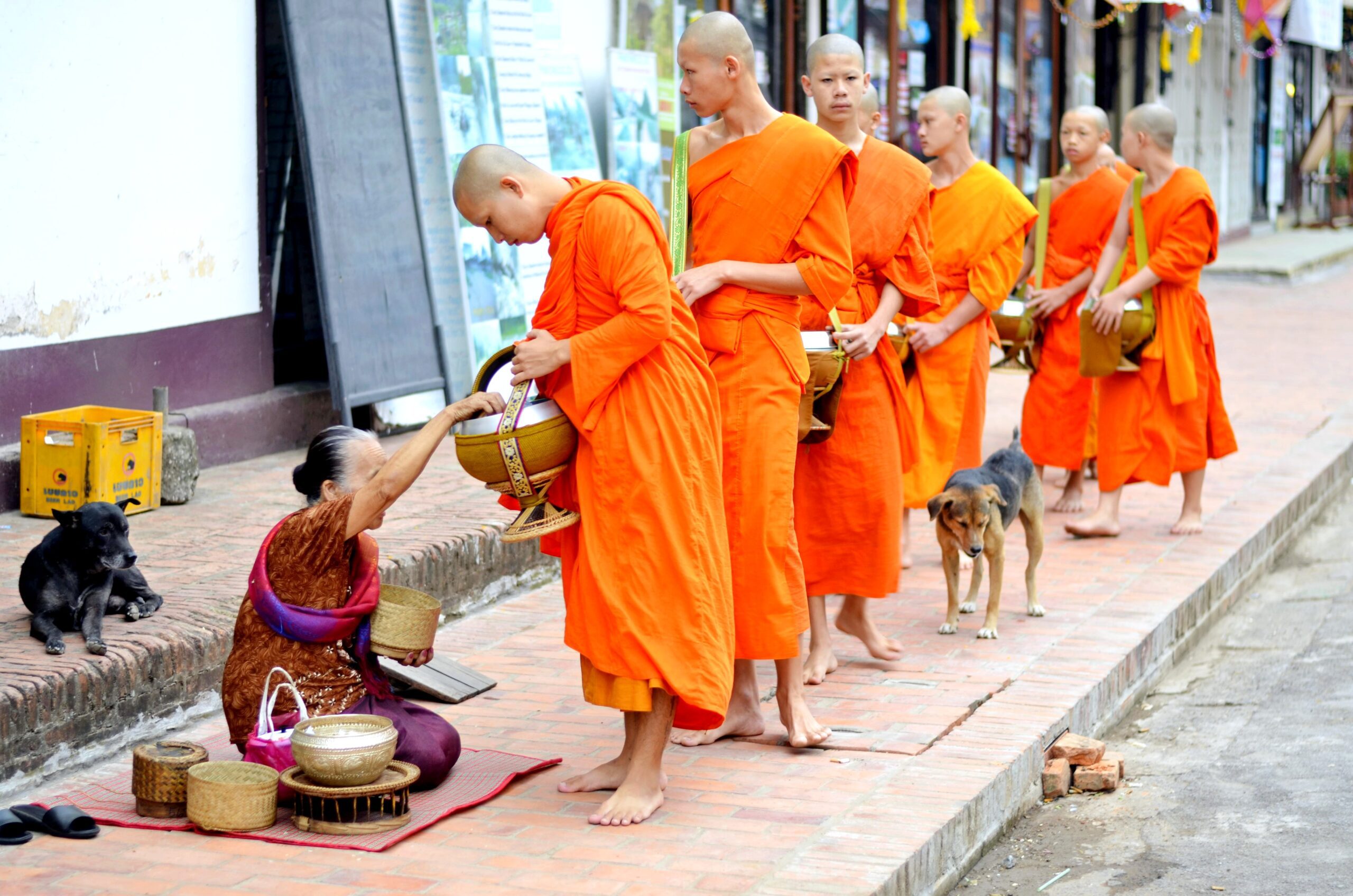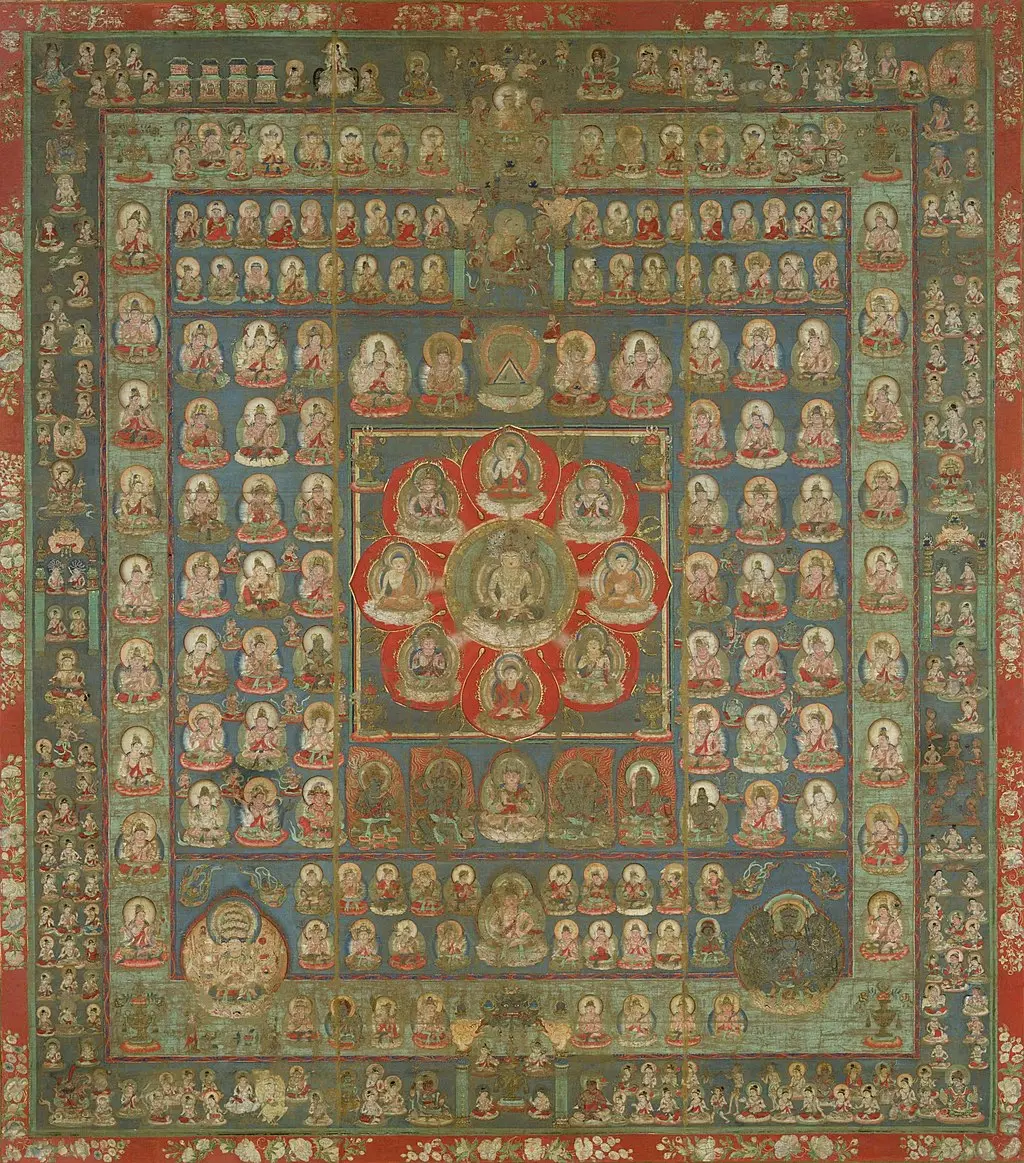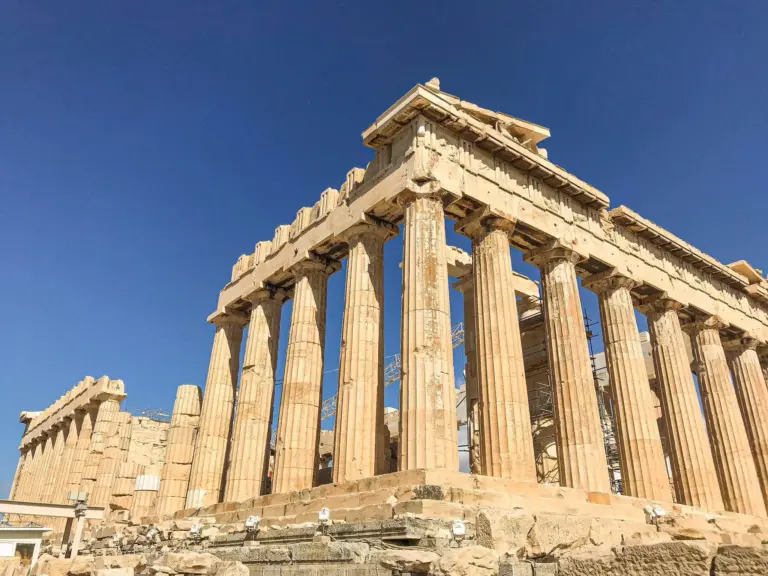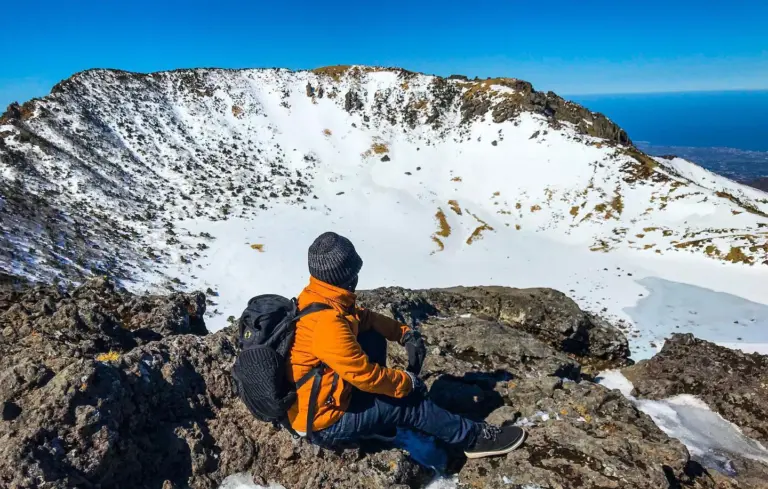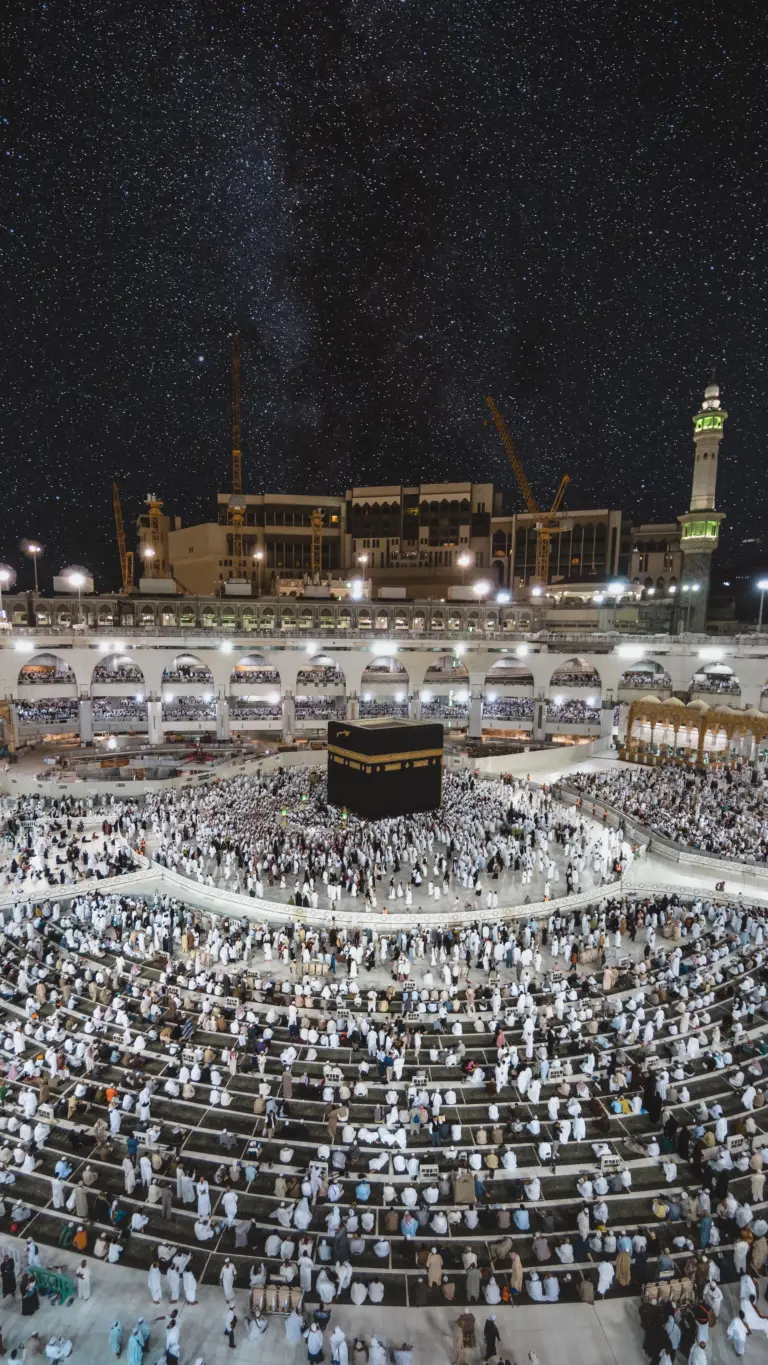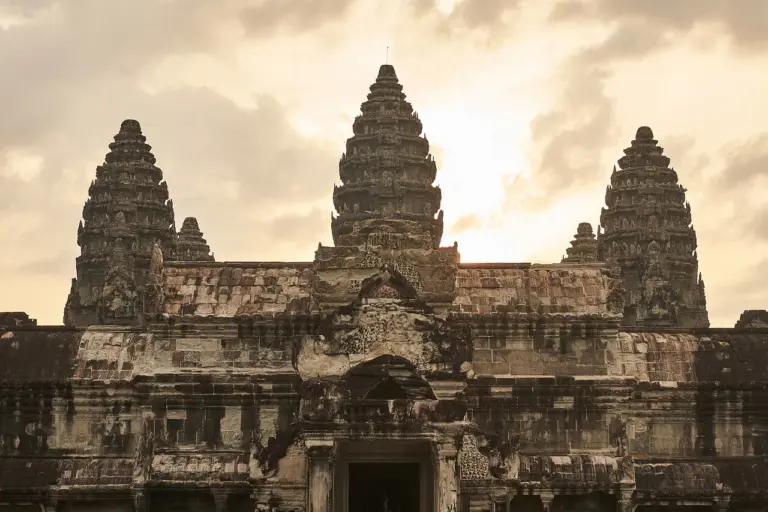Nestled in the verdant mountains of Japan, the Yamabushi emerge as mystical figures, embodying an ancient tradition that intertwines spirituality with the natural world.
These mountain ascetics, known for their distinctive attire and esoteric practices, have been a part of Japanese culture for centuries, tracing their origins back to a blend of Shinto, Taoism, and Buddhism known as Shugendo.
The Yamabushi, whose name literally translates to “those who prostrate in the mountains,” are the guardians of a unique spiritual legacy that celebrates the profound connection between humans and nature.
The Yamabushi’s journey is one of physical endurance, spiritual introspection, and deep communion with the natural world. They undertake rigorous pilgrimages and ascetic practices, seeking enlightenment and spiritual power.
The story of the Yamabushi is not just a tale of solitary monks in the mountains; it’s a narrative about the human quest for understanding, balance, and harmony with the natural world.
As modern society grapples with issues of disconnection, the Yamabushi’s philosophy offers a reminder of the importance of respecting and learning from nature.
Table of Contents
Toggle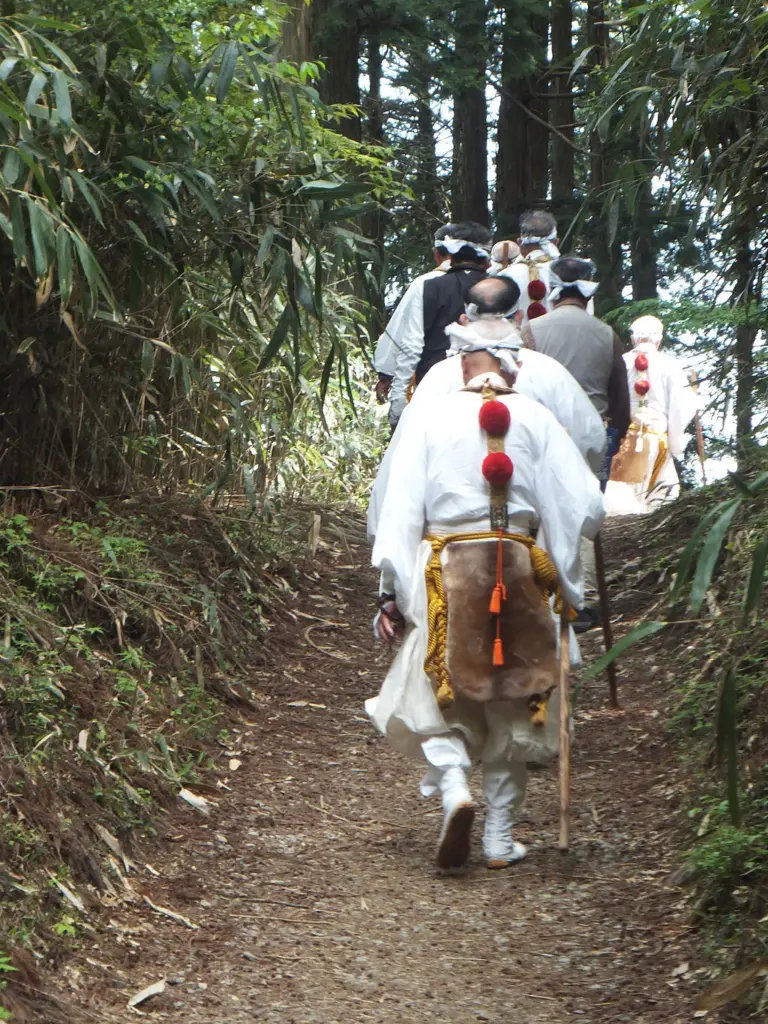
Who are the Yamabushi?
The Yamabushi are a group of ascetic practitioners deeply rooted in the traditions of Shugendo. These mountain ascetics are renowned for their rigorous and challenging spiritual practices.
Their asceticism involves subjecting themselves to extreme physical conditions, such as freezing cold and stifling heat, as well as engaging in fasting, meditation, and long-distance endurance treks in wilderness areas.
Shugendo is characterized as a loose collection of belief systems open to all, including ordained monks, lay practitioners, laymen (ubasoku), and laywomen (ubai).
The main exercises of the Yamabushi, known as mineiri (entering a mountain), involve walking in the mountains and climbing sacred peaks. Their ascetic practices range from extreme acts like chanting Buddhist sutras while dangling from cliffs to more meditative practices like walking meditation along mountain paths, akin to moving Zen meditation.
By leaving behind the ordinary world to enter sacred wilderness spaces, Yamabushi symbolically journey into the realm of the dead and cleanse themselves of past lives. These practices allow them to commune with spirits and pray for the safety and enlightenment of all people, making them unique figures in the spiritual landscape of Japan.

History of the Yamabushi
The origins of the Yamabushi are shrouded in the mists of Japanese history, merging ancient folklore with historical fact.
The roots of their practices can be traced back to the early forms of Shugendo, a syncretic religion that developed in Japan around the 7th century. As Buddhism spread in Japan, it absorbed and was influenced by local traditions, leading to the unique blend that characterized Shugendo and the Yamabushi.
These early ascetics sought spiritual power through communion with nature, particularly in sacred mountains, which were seen as the abode of gods (kami).
The Heian period (794–1185) saw the further formalization of their practices. Mountains like Mt. Haguro, Mt. Gassan, and Mt. Yudono, collectively known as the Three Mountains of Dewa, became central to their pilgrimage routes.
During the Kamakura period (1185–1333), the rise of the samurai in Japan saw the Yamabushi incorporating martial arts into their regimen. This period also witnessed the growing influence of Shingon and Tendai Buddhism on Yamabushi practices. They began adopting more structured rituals, integrating Buddhist mantras into their ascetic practices.
Throughout the feudal era, the Yamabushi played various roles in Japanese society, from spiritual guides to warriors. In the Edo period (1603–1868), the Tokugawa shogunate, wary of religious entities as potential sources of rebellion, imposed strict regulations on religious practices. This led to a decline in their numbers and a shift towards more secretive practices.
Despite these challenges, the Yamabushi have continued their traditions into the modern era.
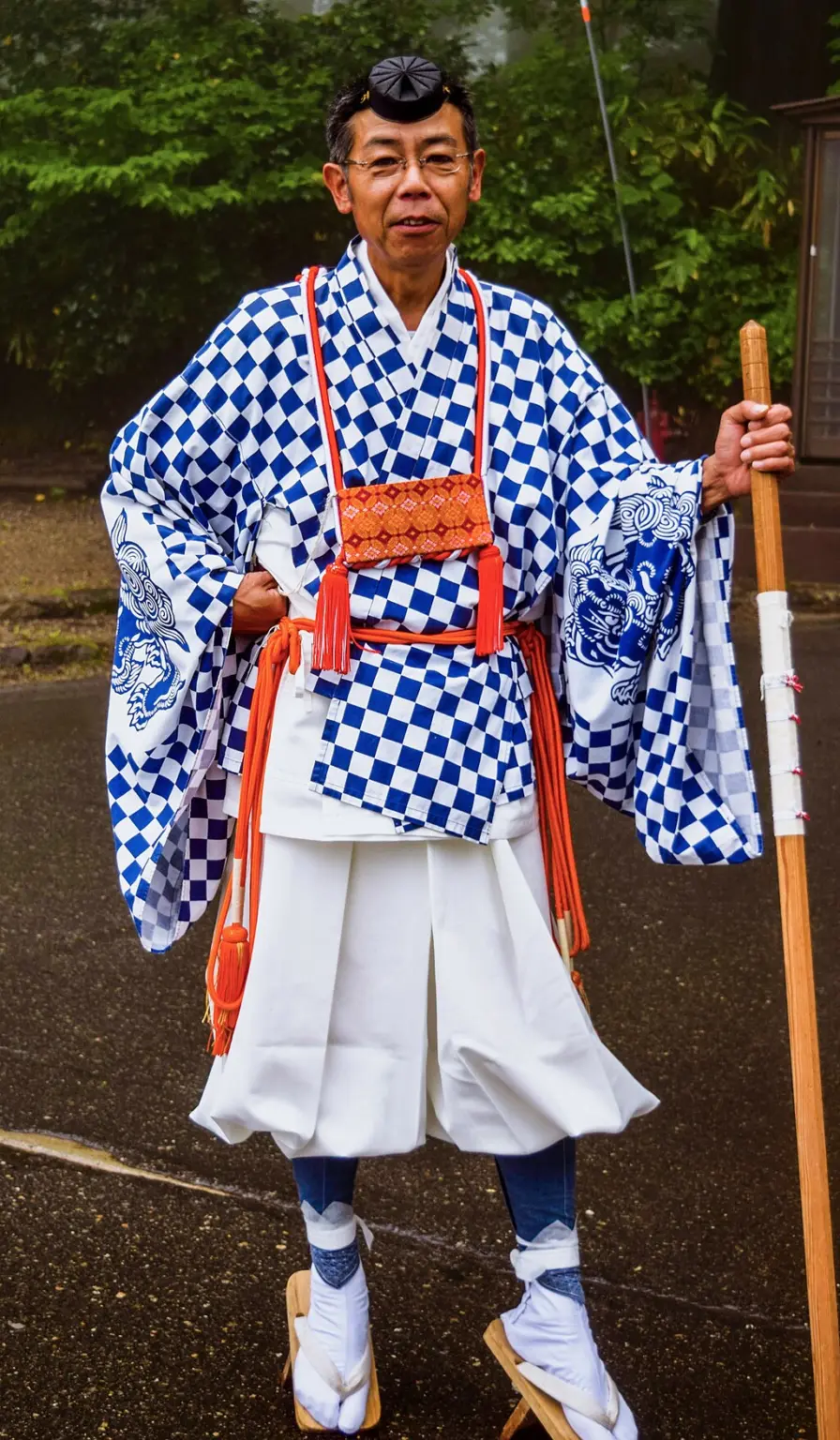
The Yamabushi Attire
The costume of the Yamabushi is both distinctive and symbolic. Here are the key elements of a Yamabushi’s attire:
Tokin: A small black cap, often worn during rituals. It serves as a physical reminder of the Yamabushi’s spiritual commitment.
Suzukake: This is the traditional robe. The colors are significant, with white often representing purity and yellow symbolizing the quest for enlightenment.
Hisshiki: Pelts or animal skins, which may be worn as part of the attire. These pelts are not just for warmth but also serve as a connection to the natural world.
Kyahan: Straw sandals that are suited for traversing rugged mountainous terrain and are a symbol of the Yamabushi’s humble and grounded nature.
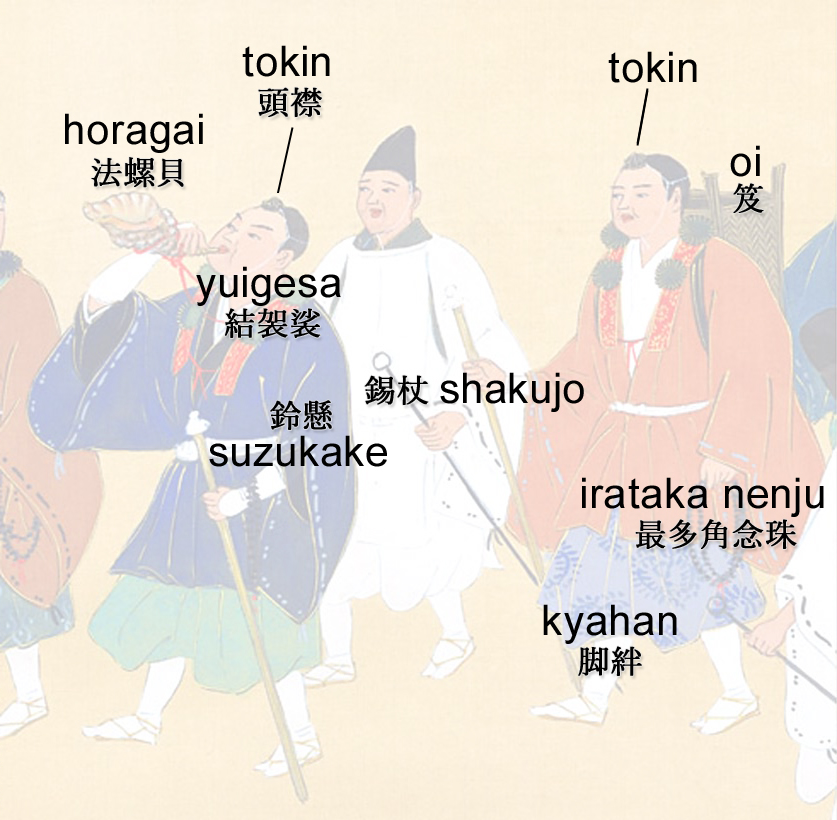
Shakujo: A staff which is not only a practical tool for hiking but also a symbolic item, often adorned with rings that jingle. It serves as a reminder of the impermanent nature of life.
Yuigesa: A pompom sash. It is often intricately designed and serves as a symbol of the Yamabushi’s religious vows.
Horagai: A conch trumpet, used in various rituals and as a call to prayer or meditation. The sound of the horagai is believed to connect the Yamabushi with the divine and bind evil spirits.
Oi: A traditional backpack.
Core Beliefs of the Yamabushi
Unity with Nature
The Yamabushi view nature as a living, sacred entity. Their practices are designed to dissolve the boundaries between the self and the natural world, fostering a deep sense of unity with the environment. This belief underscores the idea that enlightenment are gained through direct experience and communion with the natural world.
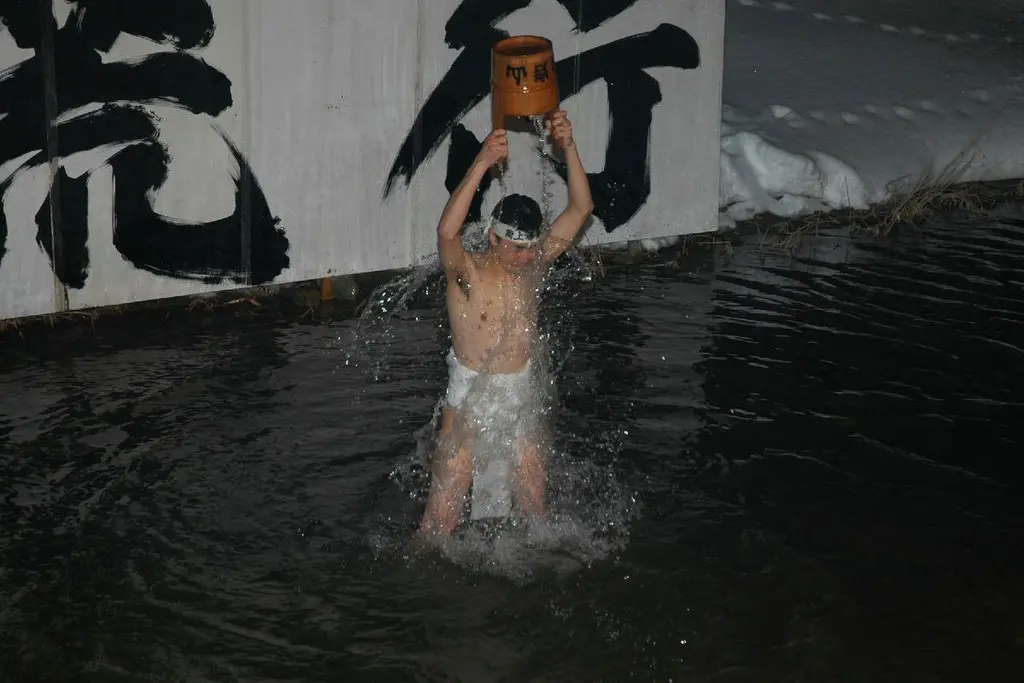
Spiritual Purification
A key aspect of the Yamabushi philosophy is the concept of purification. Through rigorous ascetic practices, often in the harsh conditions of the mountains, they seek to purify both body and mind. This purification is seen as essential for reaching spiritual clarity and awakening. Purification itself is also one of the key tenets of Shintoism.
Balance of Opposites
Influenced by Taoist principles, the Yamabushi emphasize the balance of opposites – life and death, strength and weakness, joy and sorrow, the yin and yang. This balance is essential for understanding the nature of existence and for achieving spiritual equilibrium.
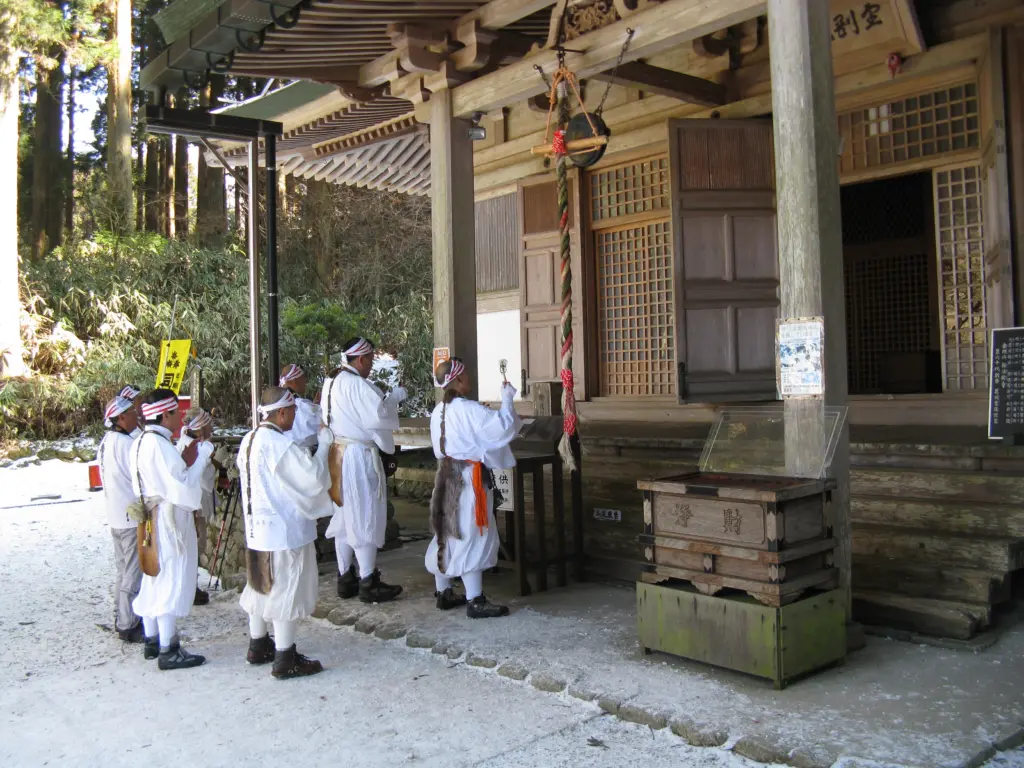
Shugendo
Shugendo, literally meaning “the way of testing and training,” is the spiritual backbone of the Yamabushi. They engage in a variety of practices, including long pilgrimages, waterfall meditation, fire rituals, and chanting, all aimed at developing spiritual and physical powers. The rigorous training and solitary nature of these practices help them achieve a deep understanding of themselves and the universe.
the Mountains
In the philosophy of the Yamabushi, mountains hold a special place. They are seen as the abode of the kami, and as such, are the ideal locations for spiritual training. The isolation of the mountains are believed to aid in shedding worldly attachments and focusing on the spiritual journey.
Nature, in its broader sense, is revered as a powerful, living force that is both nurturing and challenging. The natural elements – forests, rivers, rocks, and wildlife – are integral parts of their quest. By immersing themselves in nature, the Yamabushi believe they can tap into the primal energy of the earth, gaining insight and strength.
It’s a worldview that emphasizes the interconnectedness of all things.

Practices of the Yamabushi
The practices of the Yamabushi are designed to test the limits of the body and mind, leading to purification and enlightenment. Here’s a detailed look:
Misogi: This is a purification ritual that is fundamental to the Yamabushi practice. It involves standing under a waterfall or immersing in cold mountain rivers. The intense cold and the pressure of the falling water are believed to cleanse the body and spirit of impurities (kegare). This ritual symbolizes the washing away of earthly desires and attachments, leading to spiritual renewal.
Yamabushi Gyo: This refers to the various physical and spiritual exercises that the Yamabushi perform. These include rigorous hikes through mountainous terrain, often while bearing symbolic objects like conch shells or ritual staffs. The physical challenge of these hikes is seen as a form of training for the mind and spirit, building endurance, resilience, and inner strength.
Horai-kyo: This is a meditative practice that involves chanting mantras and sutras. The chanting is not only a form of prayer but also a way to align oneself with the natural vibrations of the universe.
Goma: Fire rituals involve creating sacred fires and making offerings to deities. The fire is seen as a purifying element that transforms the offerings, conveying prayers and intentions to the spiritual realm.
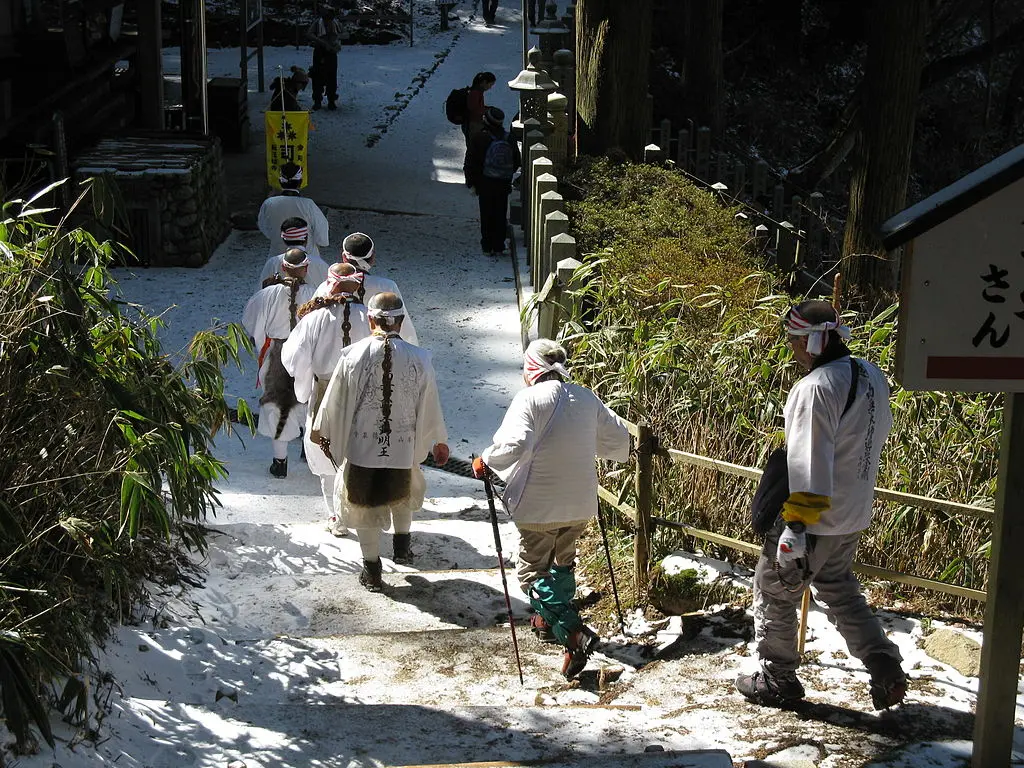
Sennichi Kaihogyo: This is an extreme form of ascetic practice that involves long-distance mountain pilgrimages. Yamabushi undertaking this ritual may walk for days, covering vast distances as a test of their physical endurance and spiritual resolve.
Mountain Retreats: Periods of intensive spiritual practice in solitude, focusing on meditation and physical exercises.
- Shugyo: Shugyo refers to the ascetic training exercises which include rigorous physical activities like climbing steep mountain paths, meditating under waterfalls, and participating in fire rituals.
How to Become a Yamabushi
Becoming a Yamabushi involves a deep commitment to spiritual training and ascetic practices, primarily centered around the sacred mountains in Japan. Here’s an overview of the process to become a Yamabushi:
Understanding the Commitment: To become a Yamabushi, one must be ready to undergo rigorous physical and spiritual training. Yamabushi training is intense and takes you well out of your comfort zone, challenging you in unique ways offered by the sacred mountains.
Initiation and Training Programs: There are different types of training programs available for those interested in becoming a Yamabushi. These programs are conducted on sacred mountains like Mt. Haguro and involve core Shugendo practices. You can find several Shugendo Schools online.
Participation in Seasonal Rituals: Yamabushi participate in various seasonal rituals, such as the Akinomine Autumn Peak Ritual for the Dewa Sanzan. This ritual, which traditionally lasted for longer periods but has now been condensed to about a week, is crucial for those seeking to become officially recognized Yamabushi.
Dedicated Practice: Becoming a Yamabushi requires more than just participating in training programs. It involves a dedicated practice of Shugendo, which can include regular participation in rituals, continuous engagement in spiritual practices, and a deep connection with the teachings of Shugendo.
Ordination: Some practitioners receive tokudo ordination, connecting them to a master and further initiating them into various rituals. Increasingly, the community of Yamabushi includes not only ordained monks but also lay practitioners who often live in cities, work regular jobs, and have families.
Ongoing Journey: The path of a Yamabushi is not just marked by the completion of a training program. It is an ongoing journey of spiritual development, self-discovery, and continuous practice of the principles of Shugendo.
To pursue the path of a Yamabushi, you should seek out established Shugendo centers that offer training and initiation programs. Participation in these programs, combined with dedicated practice and engagement in the Yamabushi community, paves the way to becoming a Yamabushi.


